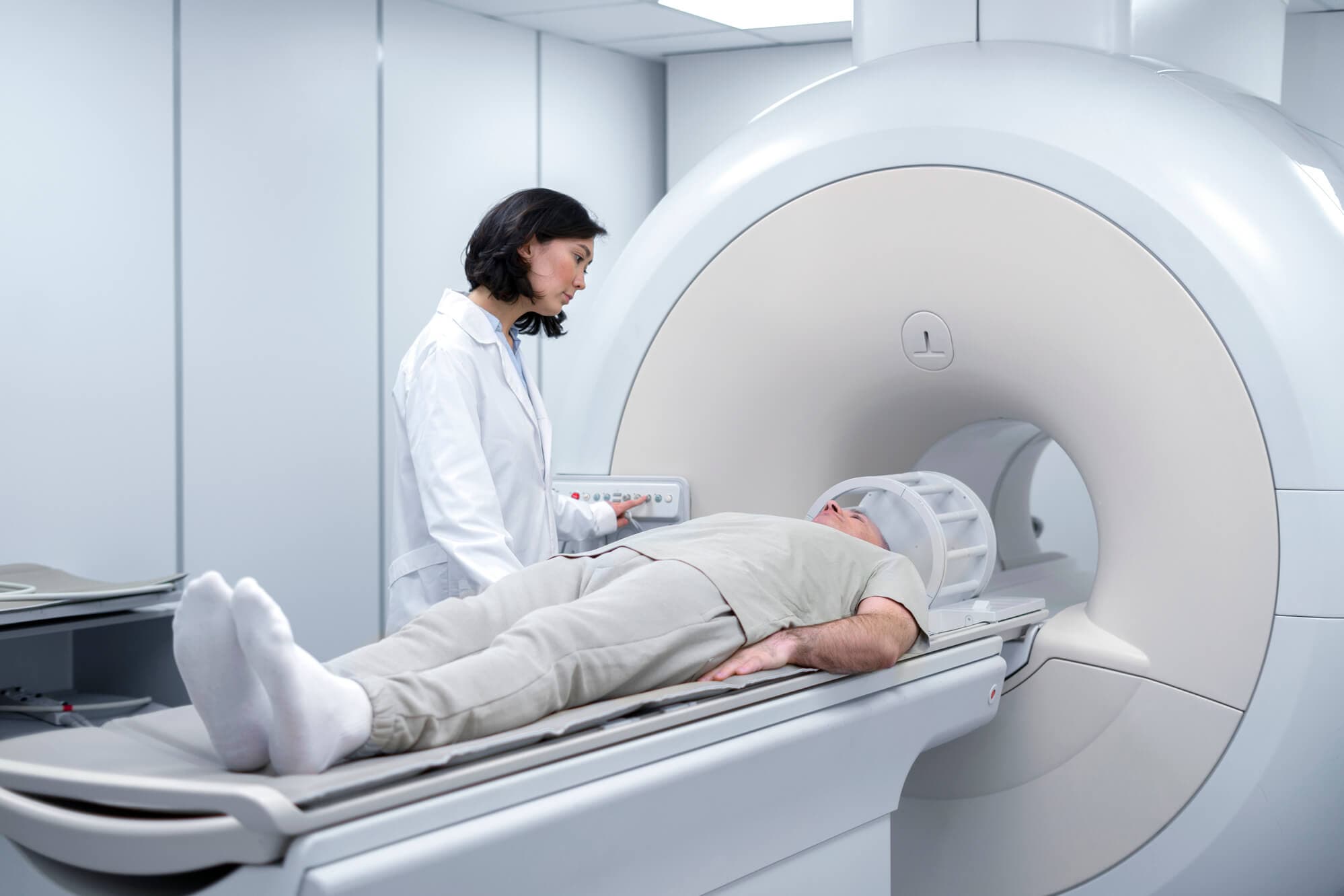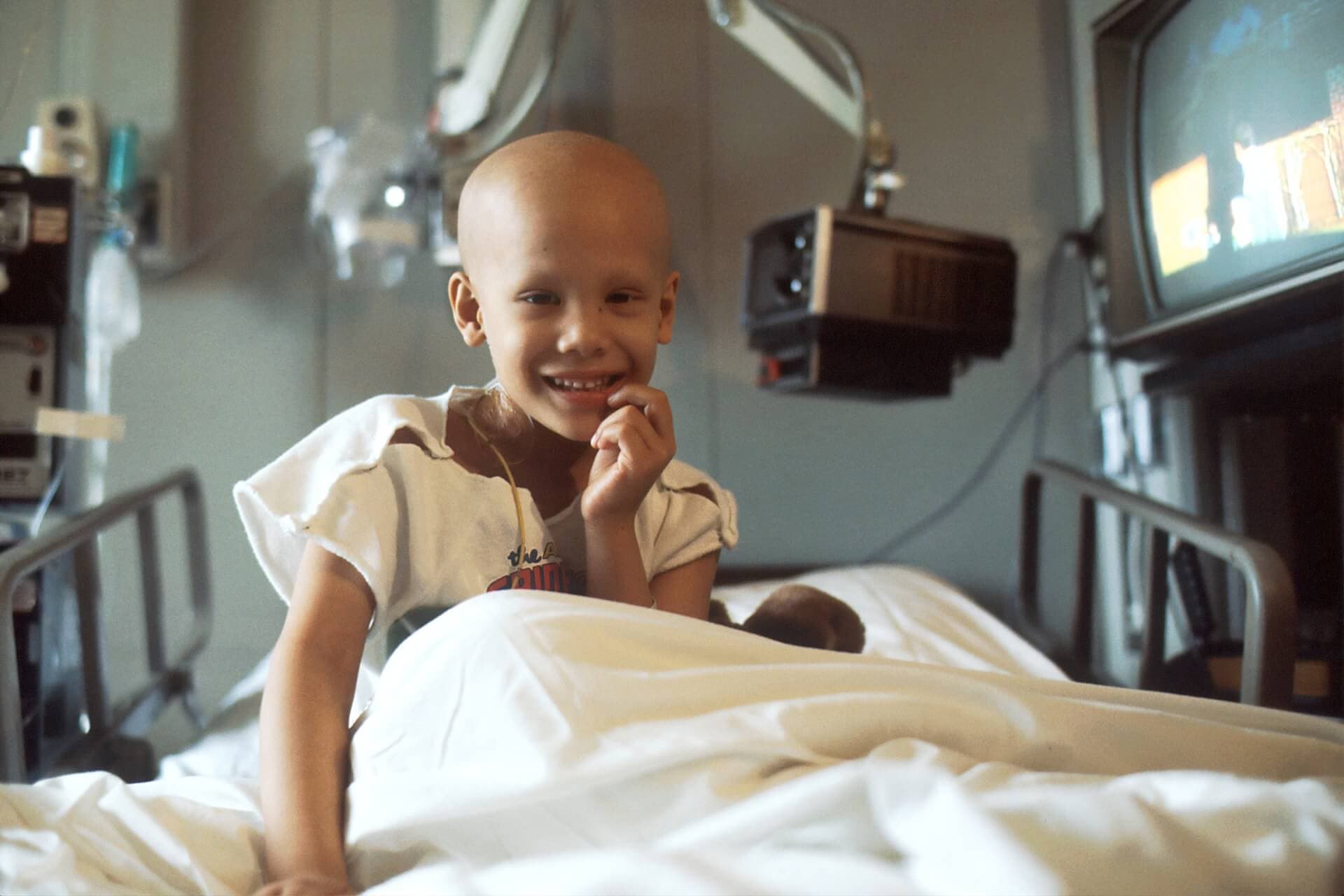Radiotherapy

Introduction
Radiation therapy is a type of cancer treatment that uses high-energy rays or particles to destroy cancer cells. It works by damaging the DNA of the cancer cells, thus making them unable to multiply and die.
Radiotherapy is administered by external irradiation or by placing radioactive materials near the cancer cells internally (brachytherapy).
Radiation therapy is widely used in the treatment of many types of cancer, including breast, prostate, lung, and brain cancer, as well as to relieve symptoms in advanced stages of the disease.
- Radiation
- External irradiation
- Internal irradiation
- Brachytherapy
- Proton therapy
- Fractionation
- Radiation dose
- Radiosensitizers
- Therapeutic index
Radiotherapy for breast cancer
Radiation therapy is the use of high-energy X-rays or other particles to destroy cancer cells. A doctor who specializes in administering radiation therapy to treat cancer is called a radiation oncologist. There are several different types of radiation therapy:
- Irradiation of the entire breast.
Whole breast irradiation is an external beam radiation therapy that is applied to the entire breast. External beam radiation therapy is the most common type of radiation therapy and is administered by a machine outside the body. - Partial breast irradiation.
Partial breast irradiation is radiation therapy that is applied directly to the area of the tumor instead of the entire breast. It is more common after a lumpectomy. Directing the radiation directly to the area of the tumor usually shortens the time it takes patients to receive radiation therapy. However, only some patients may have a PBI. Although early results are promising, PBI is still being studied. PBI can be administered using external beam or intraoperative radiation or brachytherapy. Intraoperative radiation therapy. This is when radiation therapy is administered using a probe in the operating room. Brachytherapy. This type of radiation therapy is administered by placing radioactive sources into the tumor. - Intensity modulated radiation therapy.
Intensity-modulated radiation therapy, also called IMRT, is a more advanced way of delivering external beam radiation therapy to the chest. The intensity of the radiation aimed at the breast is changed to better target the tumor, spreading it more evenly across the breast. Using IMRT reduces the radiation dose and can reduce possible damage to nearby organs, such as the heart and lungs, as well as reducing the risks of some immediate side effects, such as skin peeling. - Proton therapy.
Standard radiation therapy for breast cancer uses X-rays, also called photon therapy, to destroy cancer cells. Proton therapy is a type of external beam radiation therapy that uses protons rather than X-rays. At high energy, protons can destroy cancer cells. Protons have different physical properties that may allow radiation therapy to be more targeted than photon therapy and potentially reduce the radiation dose. The therapy may also reduce the amount of radiation that passes near the heart.
Radiation therapy can be administered after or before surgery:
Postoperative radiotherapy. Most patients who have a lumpectomy also have radiation therapy. Patients who have a mastectomy may or may not need radiation therapy depending on the characteristics of the tumor. Radiation therapy may be recommended after a mastectomy if the patient has a larger tumor, cancer in the lymph nodes, cancer cells outside the lymph node capsule, or cancer that has grown into the skin or chest wall, as well as for other reasons. When patients are also recommended adjuvant chemotherapy, radiotherapy is usually given after chemotherapy is completed.
Neoadjuvant radiotherapy is radiation therapy given before surgery to shrink a large tumor, making it easier to remove. This approach is unusual and is usually only considered when the tumor cannot be removed with surgery.
Radiotherapy for cervical cancer
Radiotherapy targets cancer by using high-energy X-rays. These destroy cancer cells while causing as little harm as possible to normal cells.
Radiotherapy for cervical cancer may be included:
- if you have early or locally advanced cervical cancer
- after surgery if there is a high risk of cancer recurrence
- to relieve symptoms such as bleeding
Radiation therapy for cervical cancer can be administered in two ways:
- externally, from a machine outside the body
- internally, from radioactive material that is temporarily placed in the part of the body being treated - doctors call this brachytherapy
Chemoradiation therapy
Radiotherapy for cervical cancer is often given with chemotherapy. This is called chemoradiation therapy. Chemotherapy drugs make cancer cells more sensitive to radiation. The combination of treatments may be more effective than radiotherapy alone
The most commonly used chemotherapy drug is cisplatin. It is usually given once a week during your radiotherapy.
Early menopause
Radiotherapy for cervical cancer affects the ovaries. If you are still menstruating, radiotherapy will cause early menopause. You may have your periods during the course of radiotherapy, but your periods will stop after treatment is finished.
Fertility
Radiotherapy for cervical cancer also affects the womb. After radiotherapy treatment, the womb cannot carry a baby. If you want to get pregnant in the future, your oncologist may refer you to a fertility specialist.
External radiotherapy
External beam radiotherapy is administered by a radiotherapy machine outside the body. For cervical cancer, this treatment is usually done on an outpatient basis, once a day from Monday to Friday with a weekend break. Each treatment session takes a few minutes. It usually takes about 5 to 5 ½ weeks to complete a full course of treatment, but this is determined by your medical team.
Cervical cancer is often treated with a type of external-beam radiation therapy called image-guided radiotherapy, or IGRT. This means that in addition to the first planning visit, you have additional evaluations done at each treatment session. Before each treatment, pictures are taken to check the size and position of the cancer. If there are any changes, treatment adjustments can be made.
Internal radiotherapy - brachytherapy: Internal radiotherapy is called brachytherapy. It directly irradiates the cervix and the area nearby. It is usually given after external beam radiotherapy. One or more hollow tubes called applicators are placed in the uterus or vagina. Radiotherapy is administered through these tubes. How you are treated depends on whether you have had your uterus removed.
Brachytherapy if you haven't had a hysterectomy
If you have not had a hysterectomy, intrauterine brachytherapy (radiation therapy administered into the uterus) will be done. General anesthesia or spinal anesthesia is given first
Your doctor inserts applicators into the vagina that pass through the cervix into the womb. They may also place applicators next to the cervix.
Brachytherapy if you have had a hysterectomy
If you have had a hysterectomy, the doctor may insert one or two applicators into the vagina. This is called vaginal brachytherapy and is not as painful as the first type
Dosing brachytherapy treatment
A picture is taken to verify the position of the applicators. When it is confirmed that the applicators are in the correct position, they are connected to the brachytherapy device. The machine is controlled by a radiographer. It places a radioactive capsule in the applicators. The machine then delivers the planned dose of radiation
Internal radiotherapy can be administered as high dose rate, low dose rate or pulsed dose rate brachytherapy treatments.
Radiotherapy for lung cancer
Radiotherapy can be used to treat small cell lung cancer (SCLC) and non-small cell lung cancer (NSCLC). It can be used alone or with other forms of cancer treatment.
Radiotherapy for non-small cell lung cancer (NSCLC)
Radiotherapy for non-small cell lung cancer (NSCLC) may be administered:
- alone instead of surgery to cure early stage NSCLC
- after surgery, to reduce the risk of cancer recurrence (adjuvant radiotherapy)
- at the same time as chemotherapy if the cancer is locally advanced (concomitant chemoradiotherapy)
- before or after chemotherapy if the cancer is locally advanced (sequential chemotherapy)
- to control symptoms if lung cancer has spread to other parts of the body (palliative radiotherapy)
Radiotherapy for non-small cell lung cancer (NSCLC)
Radiotherapy for non-small cell lung cancer (NSCLC) may be administered:
- before or after chemotherapy if the cancer is locally advanced (sequential chemotherapy)
- at the same time as chemotherapy if the cancer is locally advanced (concomitant chemoradiotherapy)
- after chemotherapy if the cancer has responded to treatment
- to control symptoms if the cancer is advanced or has spread to other parts of the body (palliative radiotherapy)
- to the head to stop any lung cancer cells that may have spread, forming a secondary cancer in the brain (prophylactic cranial radiotherapy)
Radiotherapy for ovarian cancer
Radiation therapy is rarely used in general and is not used as a first treatment for ovarian/fallopian tube cancer. It may be used to treat some people with stage I or II clear cell ovarian cancer after chemotherapy. May sometimes be an option for treatment of small localized recurrent cancer. It may also be an option for ovarian/fallopian tube cancer that has spread to other parts of the body.
Radiotherapy is the use of high-energy X-rays or other particles to destroy cancer cells. The most common type of radiotherapy is called external beam radiotherapy. This type of radiation is delivered by a machine outside the body.
When radiation therapy is administered using implants internally, it is called internal radiation therapy or brachytherapy.
Proton therapy, which uses protons rather than X-rays to treat cancer, can also be used as an alternative to traditional radiation therapy. At high energy, protons can destroy cancer cells.
Radiotherapy for colon cancer
Radiotherapy uses powerful energy beams to destroy cancer cells. The energy may come from X-rays, protons, or other sources.
Radiation therapy can shrink a large cancer before surgery to make it easier to remove. When surgery is not possible, radiation therapy may be used to relieve symptoms. In some people, radiotherapy and chemotherapy are given at the same time.


